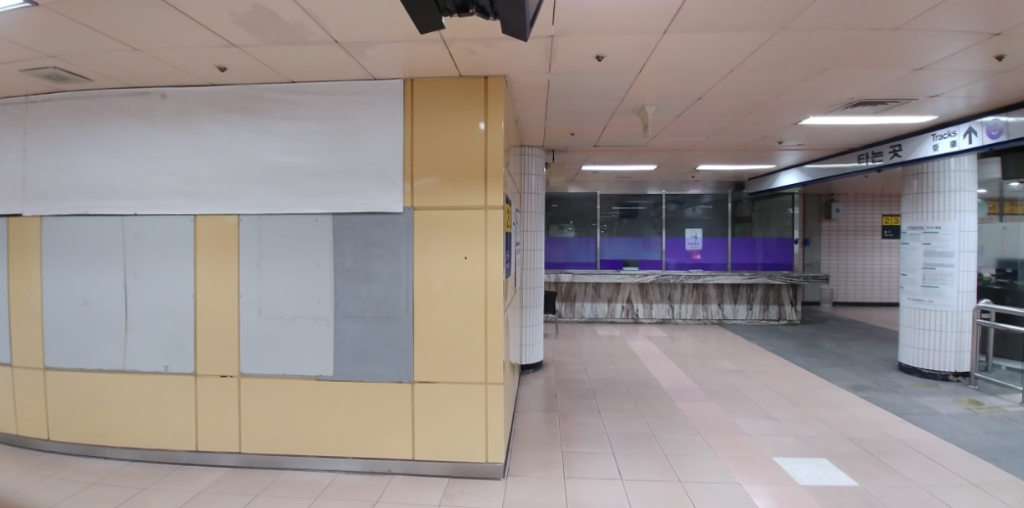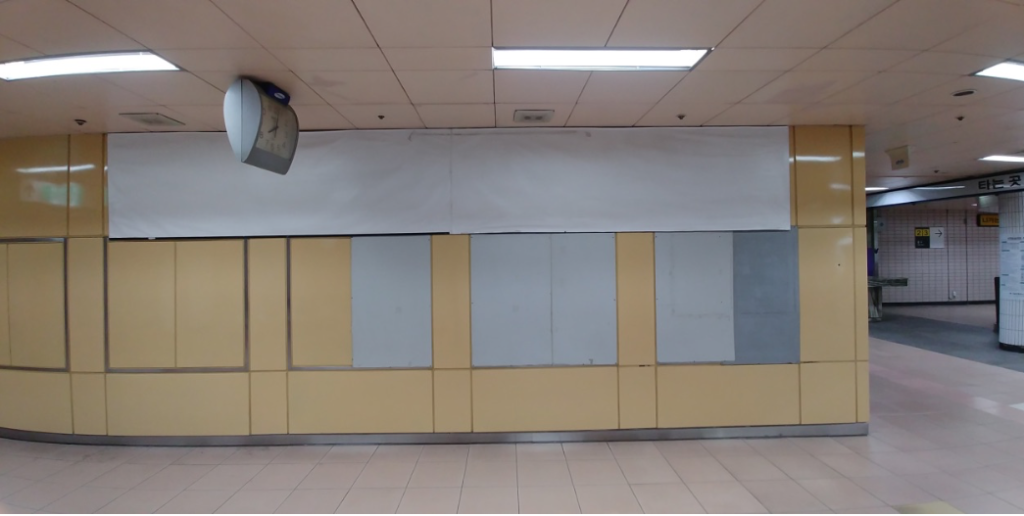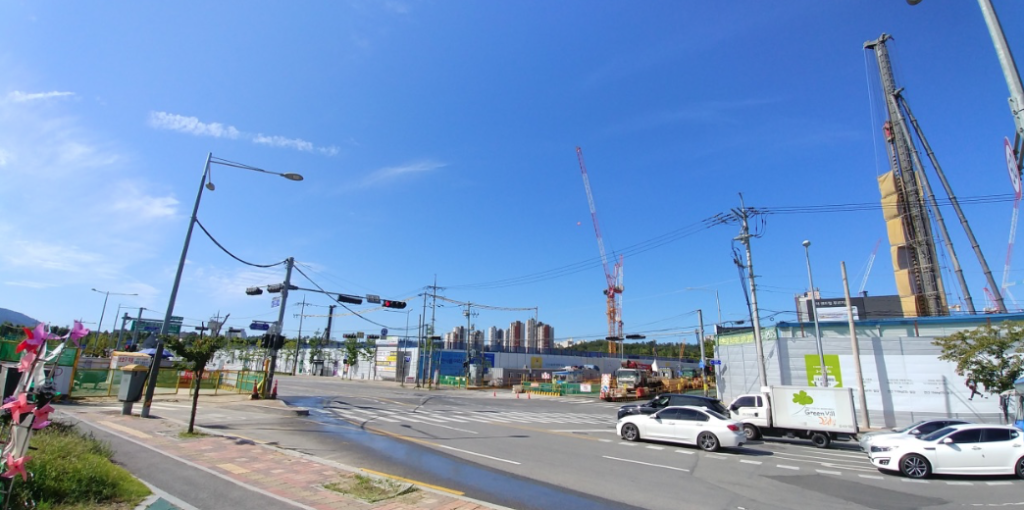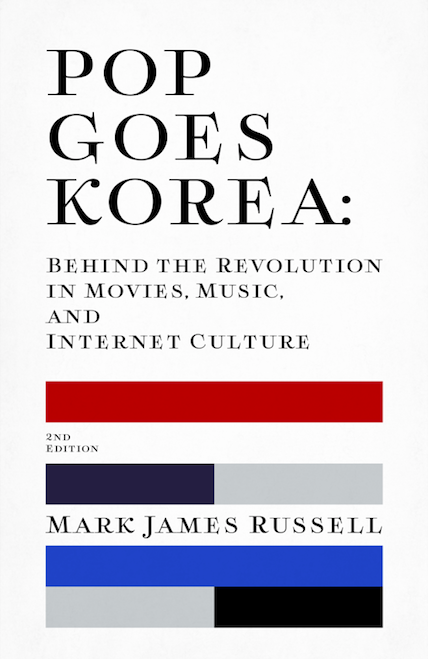Recently, new and improved card readers have been installed throughout the Seoul subway system. And I guess they’re better now, with a more sensitive scanner and a small screen so you can get messages when something goes wrong (instead of just a cryptic numeric message, like the old system).
But seeing the readers getting installed got me thinking about the Seoul subway system and how much it has changed since I first arrived in Korea. You can see it in a lot of the stations — like Sangil Station, at the very end of the No. 5 subway line.


Some stations have managed to hide their histories, but not Sangil. You can clearly see where the old ticket machines and ticket counters used to be. Back in the 1990s, Seoul’s public transit was ticket-based, with little paper tickets you needed for every trip. There were single-use tickets, 10-trip tickets and other passes.
Naturally, to accommodate millions of subway riders, you needed to have many, many places to buy all those tickets. But no matter how many machines and agents there were, you still had lines most of the time. God, waiting to buy a ticket as you could hear your subway approaching was one of the most stressful things.
I always find it fascinating how these little structural changes can have such big changes in our lives. The lines are gone. All those ticket agents are gone. Plus you can track all the subways and buses from your phone, so you always know how long you have. Now that the whole Seoul system is all electronic, though, it’s hard to remember what that used to be like.
(Well, maybe not that hard. You can always just go to Tokyo and take the subway there. ^^ )
Btw, Sangil isn’t going to be the desolate end of the line for much longer. The No. 5 line is getting extended all the way to Misari in Hanam City, and with the extension, Gangdong-gu is doing a major commercial buildup of everything from Godeok Station to Sangil Station. The neighborhood is going to be very, very different very soon.




Leave a Reply